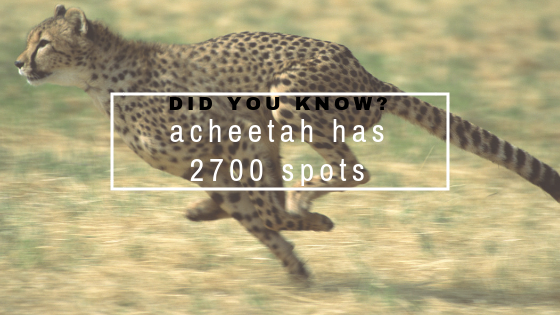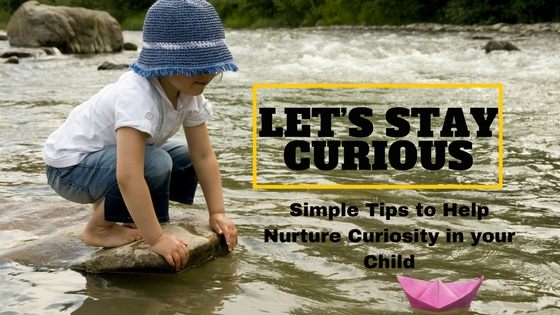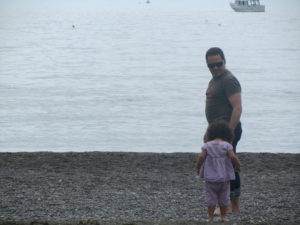Did you know that a cheetah has 2700 spots? The spots are tattooed on the cheetahs’ skins, making the fastest animal on the planet even more fascinating.
Cheetahs are our daughter’s favorite animals. We had hoped to view one (or a few) in the wild during a recent safari in South Africa. This wish, however, was a long shot. Cheetahs are endangered (~ 7100 left worldwide) and viewing them is a matter of chance depending on the game reserve, cheetah population etc.
However, we were able to visit a conservation center. There we saw and learnt about the fate of cheetahs and wild dogs; whose numbers are seriously threatened in the wild.
Where did we see the cheetahs?
At the Ann Van Wyk Cheetah Centre /DeWildt Cheetah and Wildlife Centre.
This conservation facility is located a short drive from Johannesburg, South Africa. It is part of a handful of cheetah breeding/rehabilitation facilities in South Africa.
These beautiful big cats are close to extinction. Facilities like the Ann Van Wyk Cheetah Centre help maintain the numbers and serve as important education and awareness sources about these animals.
We chose to do the family guided tour of the facility. Guided tours are twice a day, in the morning and the afternoon. The family-friendly option is shorter (2 hours long) than the usual guided tours (3 hours long), and are exclusive for families with young children (Big YAY!! from this mama).
Our tour started at 9:30 am in the crisp South African spring, dew drops still clinging to the acacia trees. We boarded the game drive vehicle, chose our desired seats and were welcomed by a friendly ranger, who was an absolute star with the children. The route was rocky. Sitting in a open-sided safari vehicle added to the feeling of a game drive. The animals brought to the center are rescued animals, victims of traps gone horribly wrong. The center does an amazing job at educating visitors and the local community on the significance of wildlife to the ecosystem.
So as far as being a learning experience about cheetah and being able to see them this was a great experience recommended simply for its altruism. The biggest take-away for our daughter (and us) was that there is so much more to these fascinating creatures than we previously had known. There is much more that we can do to ensure we see more of them in the wild instead of behind fences (urghh).
What can you do to help cheetahs (or other threatened animals)?
- Spend some time with your GlobeTot learning more about these animals. They are fascinating.
- Become ambassadors for these animals. Spread the word about these amazing animals. (hint: share this post as a start!)
- Most visitors to game reserves want to see the Big 5 animals. You can, however, request to see cheetahs or wild dogs or hyenas (or any of your favorite, more endangered wild African animal). This will help in an increased effort in funding and conservation for these animals.
- Conservation centers like the one we visited rely on private donations. If you are able to you can make a private donation to a center of your choice or in the case of the center we visited you can “adopt” one of the animals in their care.
Are any of your favorite animals endangered?
You can find out here:
https://www.worldwildlife.org/species/directory?direction=desc&sort=extinction_status




